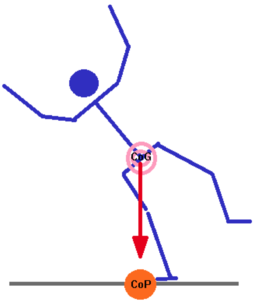Anticipatory Adjustments: Balance Intervention Strategies
Original Editor - Selena Horner
Top Contributors - Selena Horner, Kim Jackson and Rucha Gadgil
Description[edit | edit source]
When working with individuals to improve their ability to maintain their center of gravity, you initially think of static and dynamic balance. The first level of intervention for your patients who demonstrate instability due to lack of ability to control their center of mass is anticipatory adjustments. An activity that qualifies as being an anticipatory adjustment is when a patient is fully aware that a particular situation is going to be presented to the patient and the patient has to respond to the situation. The patient is able to think and know the desired movement pattern for the defined situation. The patient is able to practice both physically and mentally the physical response and movement pattern.
Indication[edit | edit source]
An example of a patient who would need to master anticipatory adjustments would be a patient who is not able to easily move to perform an activity like the star excursion balance test. When patients are not able to successfully weight shift and move their center of mass in a controlled manner (like movement patterns in the star excursion balance test), the patient is unstable and is at high risk of falling. Providing activities that focus on anticipatory adjustments will help the patient learn center of mass and how to control center of mass.
Clinical Presentation[edit | edit source]
Resources[edit | edit source]
add appropriate resources here, including text links or content demonstrating the intervention or technique







